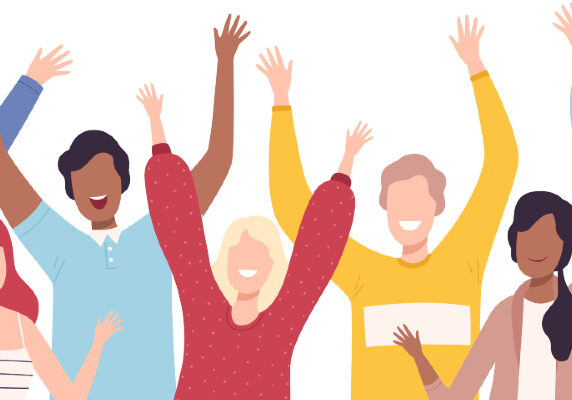What must world leaders do to achieve gender equality by 2030?
With the backdrop of economic jitters and strained international relations, not to mention the growing climate emergency, world leaders will soon be packing their bags and preparing their arguments for the deliberations that will take place at the UN General Assembly (UNGA) later this month.
The world needs ambitious, collective action more than ever, and the UNGA agenda on the surface strikes the right chord. Topics like climate change and ensuring health services reach everyone have special one day summits allocated to them. And there is a one and a half-day summit set aside to discuss whether we’re on track to achieve the Sustainable Development Goals (SDGs) by 2030. But will world leaders deliver the ambitious and collective action we really need?
Will gender equality be discussed
While SDG 5 (Gender Equality) will certainly be one of the goals addressed during the SDG summit on 24 – 25 September, there are concerns that it won’t be discussed at length, let alone prioritised for lasting legislation. All of the SDGs are affected by gender discrimination. We can’t hope to achieve the 17 SDGs if half the world’s population isn’t properly represented.
But looking at the challenges of today through the lens of gender equality is also an opportunity. If girls and women have equal representation in decision-making, and are fully empowered to contribute to collective prosperity, it is more likely we’ll pursue solutions that will benefit both people and planet.
The SDG gender index
In June, at the Women Deliver conference, our partnership, Equal Measures 2030, launched the ground-breaking SDG Gender Index which measures the state of gender equality aligned to the SDGs. Not only does the Index look at 129 countries, but it measures the countries on 51 issues covering 14 of the 17 SDGs. Topics include health, climate change, economic opportunities, property rights and gender-based violence.
Based on various criteria, we calculated a composite score out of 100 for each country. The global average score of the 129 countries – which represents 95% of the world’s girls and women – is 65.7 out of 100 – barely a passing grade. Sadly not one country has fully achieved the promise of gender equality set out in the ambitious 2030 SDG Agenda.
Overall, the Index finds that the world is furthest behind on gender equality issues related to public finance and better gender data (SDG 17), climate change (SDG 13), industry and innovation (SDG 9) and – most worryingly – the standalone gender equality goal (SDG 5). What this means is that many countries are struggling to address gender equality in areas such as social expenditure, disaster risk reduction, women’s political participation and women’s access to the internet.
But, what the Index also shows is real progress in certain areas. Overall, countries have performed best on issues where coordinated policy focus and funding have been directed over the past 20 years, such as on hunger and nutrition (SDG 2), water and sanitation (SDG 6), health (SDG 3) and education (SDG 4).
Subscribe to our newsletter
Our weekly email newsletter, Network News, is an indispensable weekly digest of the latest updates on funding, jobs, resources, news and learning opportunities in the international development sector.
Get Network NewsWhat must leaders do?
While the world faces difficult challenges, the data shows that there are many countries where people are better educated, healthier and better nourished than ever before. These outcomes did not come about automatically or because of a country’s economic growth; they came about because governments focussed their legislative and financial resources on tackling these issues.
The case for increased investment and coordinated efforts to achieve gender equality across the globe is clear, but what do we need to do to realise this by 2030?
We must:
- Improve the quality and use of data and statistics, including qualitative and quantitative data. UN Women noted that only 54 of the 232 SDG indicators explicitly target girls or women. This needs to change.
- Ensure civil society and activists have access to data about their countries so they can hold their government to account on SDG targets.
- Encourage openness. Only girls and women themselves – especially those in the most marginalized communities and vulnerable groups – can tell us about their lived realities and what needs to happen to reach equality.
- Prioritise funding and support for girls’ and women’s movements, advocates and champions from across sectors and at every level of society.
- Dedicate effective and quality funding and support for fragile, conflict and crisis affected countries facing the biggest gender equality challenges. We need to better understand the underlying power relations and barriers to gender equality in the most challenging contexts.
- Ensure an evidence-based, coordinated, and concerted policy and funding focus on gender equality issues in contexts where the world is falling behind targets.
So, what I’d like all leaders to ask themselves as they pack their bags for New York: “What are we doing differently because of the SDGs? And what can we commit to doing more of in the coming years so that we achieve gender equality by 2030?”
Category
News & viewsThemes
Gender


